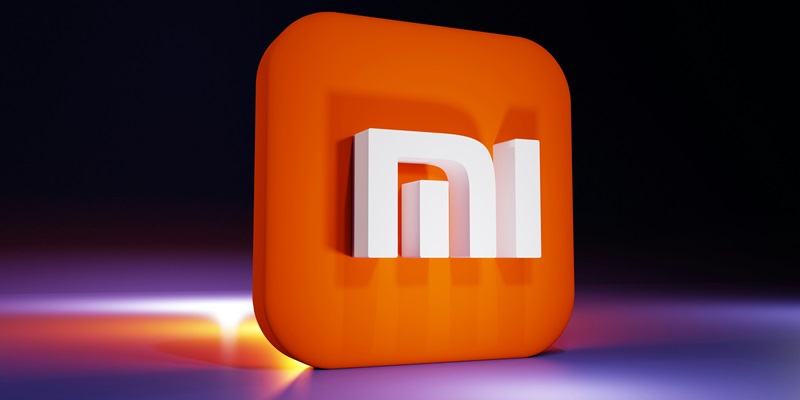In the highly competitive world of smartphones, the upcoming global launch of Xiaomi’s 14T series on September 26 is being closely watched, especially considering the simultaneous anticipated release of Samsung’s Galaxy Tab S10 series. The recent leaks surrounding the Xiaomi 14T and 14T Pro have piqued interest among technology enthusiasts and consumers alike, painting a picture of Xiaomi’s strategic positioning in the sub-premium market. These smartphones promise to deliver high-end features at more accessible prices, potentially making significant inroads against established competitors like Samsung.
Pricing is a critical aspect of Xiaomi’s strategy to attract budget-conscious consumers without sacrificing key features. According to third-party retailer listings, the base model Xiaomi 14T is expected to retail at €578, complete with a remarkable 12 GB of RAM and 256 GB of storage. This model will be available in a variety of colors, including Titan Blue, Titan Grey, Titan Black, and Lemon Green. On the other hand, the more premium Xiaomi 14T Pro is set to be priced at €800 for a 12/512 GB configuration, with color options of Titan Grey, Titan Black, and Titan Blue. These competitive price points, paired with substantial memory and storage configurations, reflect Xiaomi’s intent to deliver robust specs that cater to a wide range of consumer needs.
Competitive Landscape: Xiaomi vs. Samsung
The strategic moves by Xiaomi to release its 14T series on the same day as Samsung’s new product lineup underscore the intensifying rivalry in the tech industry. Xiaomi’s focus on providing a variety of configurations and color options for the 14T series smartphones indicates an effort to appeal to diverse tastes and preferences, potentially carving out a significant market share. However, the real test lies in how these devices perform against Samsung’s offerings, which have long set industry standards for quality and innovation. Both companies appear to be gearing up for a showdown that will test their abilities to capture consumer attention and loyalty.
Xiaomi’s approach to pricing its new devices seems calculated to disrupt the market, particularly targeting consumers who seek high-end features without the premium price tag traditionally associated with them. The significance of this pricing strategy becomes clearer when we consider the broader landscape; many consumers are on the lookout for devices that offer the perfect balance of affordability and advanced functionalities. By positioning the 14T series as a sub-premium option, Xiaomi is essentially challenging the established norms of pricing and performance, possibly setting a new standard for what consumers can expect in this segment.
Anticipated Impact on the Global Market
In the fiercely competitive smartphone market, the global launch of Xiaomi’s 14T series on September 26 is being keenly observed, especially with the anticipated release of Samsung’s Galaxy Tab S10 series happening around the same time. Leaks about the Xiaomi 14T and 14T Pro have sparked interest among tech enthusiasts and potential buyers, highlighting Xiaomi’s strategic moves in the sub-premium market. These new smartphones aim to offer high-end features at more affordable prices, which could help Xiaomi strengthen its position against established rivals like Samsung.
Pricing plays a pivotal role in Xiaomi’s strategy to appeal to budget-conscious customers without compromising on essential features. Third-party retailer listings suggest that the base model Xiaomi 14T will be priced at €578, featuring an impressive 12 GB of RAM and 256 GB of storage. This model will come in colors like Titan Blue, Titan Grey, Titan Black, and Lemon Green. The higher-end Xiaomi 14T Pro is expected to sell for €800 for a 12/512 GB configuration, available in Titan Grey, Titan Black, and Titan Blue. These prices and generous memory and storage options show Xiaomi’s intent to offer strong specs that meet a variety of consumer needs.

